
The glass fish is a freshwater fish of the Ambassidae family. Glass fish have captivating, transparent bodies with high fins.
The fish are popular in the aquarium hobby because of their social yet docile nature and active swimming style. Glass fish are schooling fish that thrive in groups of at least five.
The glass fish is also commonly referred to as the painted glass fish, especially when they’ve been injected with colored dyes.
TABLE OF CONTENTS
Glass Fish Facts & Overview

| Scientific name: | Parambassis ranga |
| Common names: | Glass fish, painted glass fish, Indian glass fish, Indian x-ray fish, Indian glassy perch |
| Distribution: | India, Pakistan, Nepal, Bangladesh, Myanmar, Malaysia, Cambodia |
| Size: | Up to 3.1 inches |
| Life expectancy: | 3–4 years |
| Color: | Transparent |
| Diet: | Carnivore |
| Temperament: | Peaceful |
| Minimum tank size: | 15 gallons; 30 gallons for a small school |
| Temperature: | 68–86°F (20–30°C) |
| pH: | 6.5–8.0 |
| Hardness: | 8–20 dGH |
| Care level: | Easy |
| Breeding: | Egg scatterers |
Origin
Glass fish (Parambassis ranga) originate from South Asia, where they inhabit the standing waters of Bangladesh, India, Pakistan, Nepal, Myanmar, Malaysia, and Cambodia.
They are prolific in the wild and can tolerate a range of water conditions, despite the misconception that these fish can only survive in brackish water.
Captive-bred glass fish are often injected with dye to create the colorful, painted glass fish varieties. However, this practice is harmful to the fish.
Adult Size & Lifespan
Glass fish grow up to 3.1 inches in length. Males and females are similar in size, though females are wider than males, especially when gravid (carrying eggs).
The average life expectancy of a glass fish in captivity is three to four years. Keeping glass fish in ideal water conditions helps these fish live long, healthy lives.
Painted glass fish have shorter lifespans than standard glass fish due to the harmful chemicals used to create the painted effects.
Availability
Glass fish are relatively uncommon in the pet trade because of the fish’s timid nature and breeding difficulty. The average price of a glass fish is $3 to $8, with a group of five costing around $30.
Glass fish can be purchased online from Aquarium Fish Depot. However, buying directly from a reputable breeder ensures the fish is healthy and hasn’t been subjected to poor water conditions.
Avoid breeders selling painted glass fish varieties. These fish are injected with a harmful dye to modify their appearance, and are prone to health problems.
Appearance & Behavior
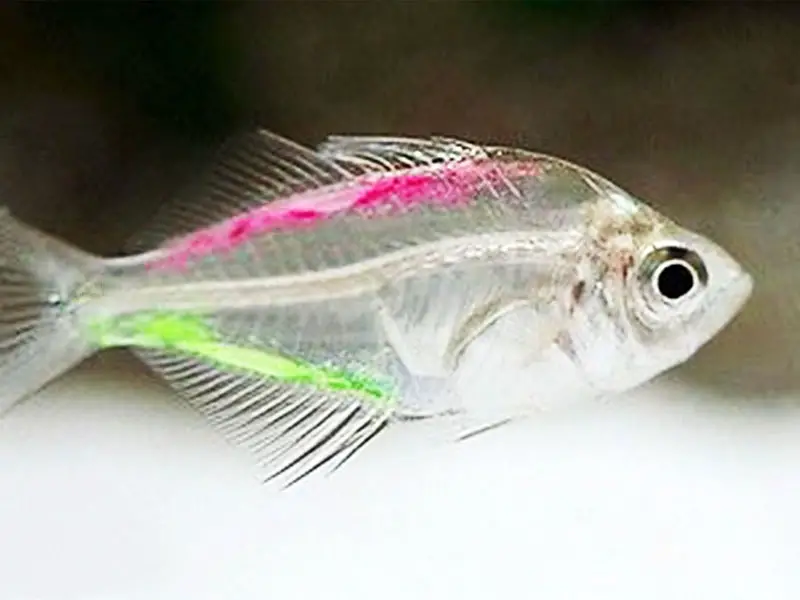
The glass fish gets its name from its transparent, glass-like body. In the appropriate tank setup, glass fish are peaceful and won’t disturb other tank mates.
Colors, Patterns, Fins, and Sex Differences
Glass fish have translucent bodies with high fins. The fish’s internal organs and bones are visible to the naked eye.
Male glass fish have dark edging on their fins, pointed swim bladders, and a subtle yellow coloration. The coloration is most noticeable during breeding time. Glass fish are small and wide.
Painted glass fish are artificially colored with fluorescent dye and come in a wide array of hues. The coloring itself isn’t permanent, but can permanently harm the fish’s wellbeing and even cause death.
Typical Behavior
Glass fish are shy, peaceful schooling fish that show off their best colors and behaviors in groups of five or more. These fish are active, fast swimmers and dart around the middle and lower regions of the tank. Glass fish require lots of hiding spots to feel safe and secure.
They aren’t aggressive, but males can be territorial with each other during breeding time. The tank should be spacious and females should always outnumber males.
Glass Fish Care & Tank Requirements
Non-painted glass fish are easy to care for, but breeding this species is difficult. Fry are challenging to raise because they’re prone to fungusing (meaning fungus infects the eggs and kills the fry before they are able to hatch).
Replicate the glass fish’s natural habitat in the tank to give the fish the best chance of a happy, healthy, and long life. Glass fish are carnivorous and must be fed a variety of meaty foods.
Caring for painted glass fish is tricky because of their susceptibility to health issues.
Habitat and Tank Requirements
In the wild, glass fish live in still or slow-moving lowland waters that are densely vegetated, like estuaries, marshes, impoundments (dammed streams), and rivers. These bodies of water are sometimes brackish, though glass fish do best in freshwater environments.
Glass fish require lots of open space to swim in and to exhibit their natural schooling behavior. Water should be soft to moderately hard and slightly alkaline.
Tank Conditions
The following table outlines the ideal tank conditions for glass fish:
| Water type: | Freshwater, with a water change every week (25% of the water volume) |
| Tank size: | A minimum of 15 gallons for one glass fish and 30 gallons for a school of five glass fish Increase tank size by 3 gallons per additional fish |
| Water temperature: | 68–86°F (20–30°C) |
| Substrate: | A dark substrate helps this fish feel at home and showcases its translucence |
| Tank setup: | Simulate the glass fish’s natural habitat with lots of hiding spots Add floating plants, dense vegetation, driftwood, and rocks, but don’t overcrowd |
| Acidity: | 6.5 to 8.0, glass fish are accustomed to alkaline water |
| Water hardness: | 8 to 20 dGH |
| Filter: | Yes, to keep water clean and nitrates and ammonia levels low The filter shouldn’t generate a strong current, which disturbs these fish and can stress them Weaken a strong filter current with decorations |
| Bubbler: | Not necessary |
| Lighting: | Yes, to encourage plant growth and establish a day-to-night cycle Ensure lighting isn’t harsh, which can stress glass fish |
| Plants: | Add hardy, small-leaved aquatic plants such as hornwort, vallisneria, cabomba caroliniana, and Java fern |
Keeping water within inappropriate water parameters can stress glass fish and cause illness. Monitor water regularly with test kits, making sure to check pH, nitrate, and ammonia levels.
Disease
Glass fish aren’t prone to any particular diseases, but common freshwater fish ailments include Ich and fin rot. Painted glass fish are susceptible to several health problems, particularly bacterial infections and viral diseases like lymphocystis.
Ich
Ich is a parasitic infection caused by Ichthyophthirius multifiliis. Symptoms of this infection include white spots on the glass fish’s body, appetite loss, lethargy, and flashing — when the fish rubs itself against rough objects in the tank.
Fish with ich must be quarantined in a separate tank immediately. The water temperature should gradually be increased to 80°F.
Fin Rot
Fin rot is a disease that affects the appearance and functioning of the fish’s fins. Symptoms of fin rot include fin discoloration, frayed or ragged fins, and inflammation.
Fin rot is treatable with antibiotics such as amoxicillin and doxycycline hyclate.
Lymphocystis
Lymphocystis is a disease that normally occurs when the fish is stressed or subject to poor water conditions. This disease causes white, raised growths on the mouth, fins, and gills of the fish.
There is no known treatment for lymphocystis, but the disease isn’t lethal.
Tank Mates
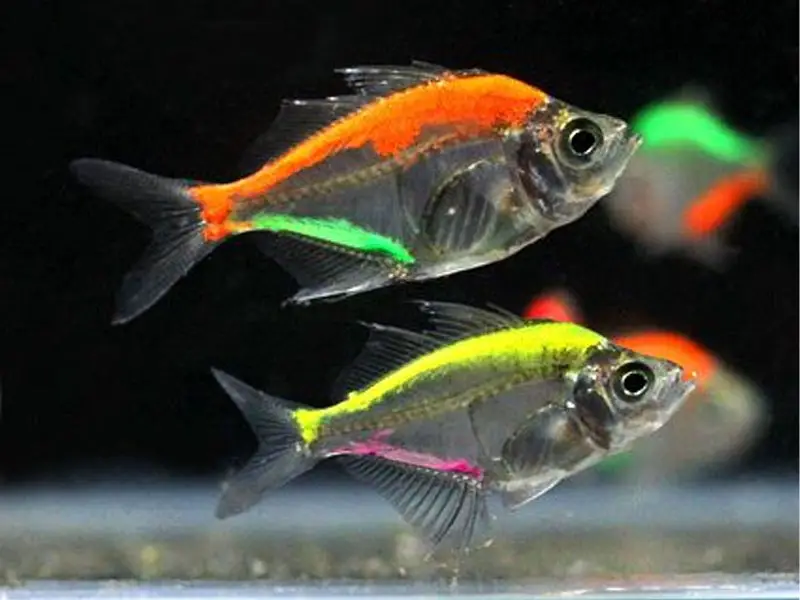
Glass fish are docile and playful schooling fish that do best in the company of their own kind. The best tank mates are peaceful, similar in size, and have the same natural habitat. These fish are timid around boisterous fish.
Compatible tank mates for glass fish include:
Avoid large or aggressive species as these fish will bully, harass, or even kill glass fish.
Diet and Feeding
Glass fish are carnivores. The fish’s diet should consist of frozen and live foods, such as mosquito larvae, tubiflex, brine shrimp, and bloodworms. Ensure live and frozen foods are sourced from reputable stores.
Glass fish aren’t fond of flakes and may reject this type of food. Feed them once or twice a day.
Keep portion sizes small, only giving the fish what it can fully eat within two minutes. Discard leftovers regularly to ensure the water stays clean.
Breeding
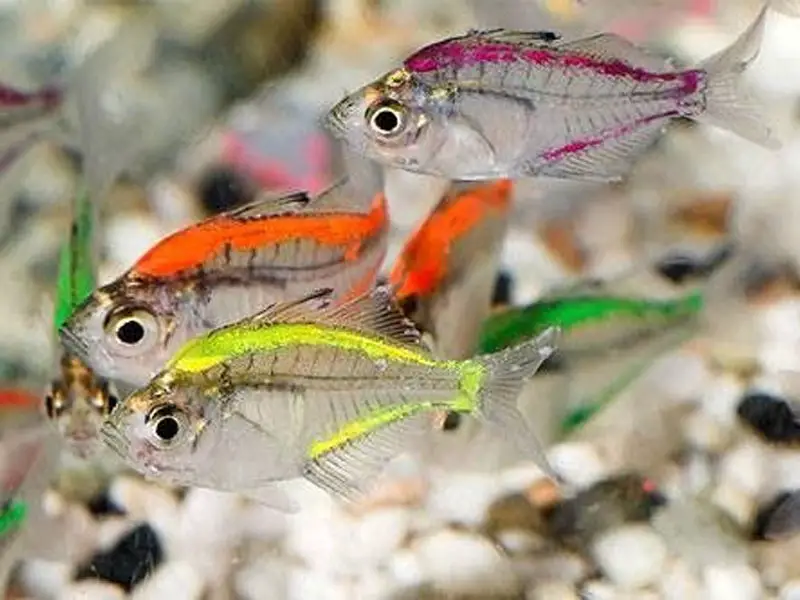
Glass fish are difficult to breed because the fry are tricky to raise and prone to fungusing. Treat fungusing with hydrogen peroxide.
Here are the steps for breeding a pair of glass fish:
- Condition the glass fish pairs by raising the temperature in the tank to 75°F and feeding the fish a protein-rich diet. A neutral pH is ideal.
- Create a separate breeding tank to give fry the best chances of success. The breeding tank should be heavily vegetated and have the same water parameters as the home tank. Opt for broad-leaved plants like Java moss and gentle filtration. Add six to eight adult glass fish.
- Perform a water change in the evening with warm water (80°F to 84°F) once the fish are in breeding condition. Signs include the male developing vivid coloration and the female becoming plump.
- The fish normally spawn the next day in the early morning. A female glass fish can deposit up to 200 eggs. Eggs are scattered throughout the tank and stick onto the plants.
- Remove the adult fish after spawning to prevent them from harming the eggs.
- Eggs are prone to fungusing, so preventative measures should be taken to stop an outbreak. Douse the water with a mild methylene blue solution.
- Fry hatch within 24 hours and become free-swimming within four days.
- Fry won’t actively look for food and instead eat food that drifts their way. Add generous amounts of infusoria or baby brine shrimp and create a gentle current to help the food move throughout the tank. Ensure the filter won’t suck in the fry and that the current isn’t strong enough to disturb the glass fish.
- Perform small, regular water changes to prevent the tank from becoming dirty.
Should You Get a Glass Fish for Your Aquarium?
Glass fish are peaceful fish that make wonderful additions to home community tanks. You should get glass fish if your community tank is densely vegetated and houses slow-moving, peaceful fish.
These fish aren’t suitable for beginner aquarists who want to try out breeding. Their fry are difficult to care for because of their feeding habits and susceptibility to fungusing.
With the proper care and housing, glass fish will liven up your days with their playful personality, fascinating appearance, and captivating schooling behavior.


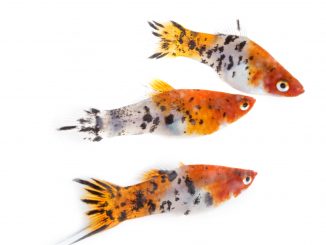
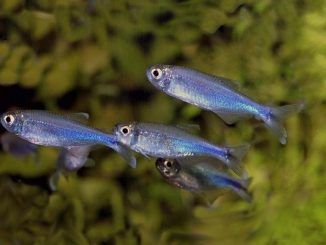
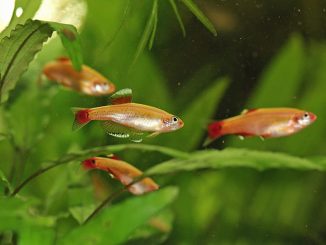
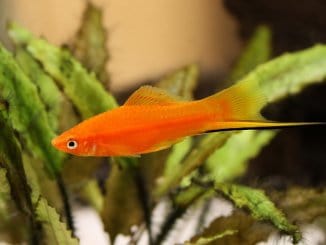
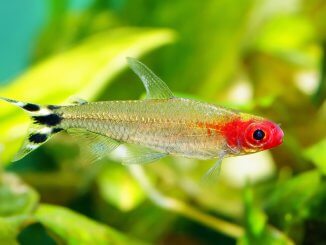
Be the first to comment